Just because your tomato plants are firmly rooted in the ground and beginning to set fruit, that doesn't mean your tomato gardening work is done!
No, in addition to fertilizing, watering, and weeding, you also need to make sure you are taking the time to prune your tomato plants.Pruning tomato plants is a good idea for several reasons. If you’re new to the chore, here are some tips on why you should do it - and how, exactly, you should prune your tomato plants for improved health and vigor.
If you're just getting started growing your own tomatoes, then you might want to start with our ultimate how-to: The Only Guide to Growing Tomatoes You'll Ever Need. You can get your own tomato growing kit with everything you need from So Sow Garden, or a huge range of tomato plant seeds here.
Why You Should Prune Tomato Plants
Improved Airflow
Airflow is essential for all plants, but especially for those that tend to be more prone to disease, like tomatoes. When you have fewer leaves, your plants are less dense, making it easier for air to move among the plants. Plus, the leaves will also dry out more quickly after it rains so you won’t have to worry as much about the disease. Most diseases need moisture to develop!
When you have fewer leaves, you’ll have an easier time spotting signs of disease and insect pests that could spell disaster for your plants, too. If you do find yourself dealing with yellow leaves, then you can check out our helpful article on 15 Ways To Fix Yellow Tomato Leaves And What Causes Them.
Larger and More Bountiful Fruits
When you prune at exactly the right time, your plants will be able to direct their energy toward ripening and creating fruit - rather than making new leaves. Sure, a large, bushy tomato plant looks nice in the garden, but you would probably rather have more fruit on a condensed little plant instead.
If you really plan ahead and keep your pruning habits in mind, you’ll also have room for more plants, too - another way to increase your yields.
Quicker Ripening
When a plant has less “square footage” to take care of in terms of its leaves, stems, flowers, suckers, etc, it can focus more of its energy on its fruits. That way, you’ll be able to enjoy the fruit that ripens faster - a major benefit if you are growing tomatoes in a short-season climate.
How to Prune Tomato Plants
Pruning tomato plants is easy! Here are some tips to help you get started.
Prune When You Plant
It’s never too early to prune - even when you plant! When it comes time to plant, remove the lower leaves so that you can bury them deep into the soil. Remove flowers that might be on the plant so that your plant can focus on getting established rather than fruiting during this critical transplanting stage.
Get Rid of Early Flowers
You might also want to get rid of flowers that appear early on in your plants’ growth, even a few weeks after they have been transplanted. Wait until your plants are at least eighteen inches tall so they can direct their energy toward root development instead of fruits.
Make Space at the Bottom
For the most part, any kind of rot or disease that is going to affect your tomato plants will come from the ground. Most diseases, including tomato blight, result from spores that live in the soil. When you water your plants and when it rains, the water splashes up and infects the leaves of the plant.
This is why, when you prune, you should start at the lowest levels of the plant and work your way up. When you remove lower foliage and branches, you'll reduce the likelihood that your plants will suffer from various diseases. The added airflow will help improve the growth rate of your plants, too.
How much you’ll prune at the bottom varies depending on the kind of tomato you are growing. Determinate tomatoes (the ones that grow bushy and short and tend to fruit all at once) need to have about eight to ten inches of open space near the bottom.
Indeterminate varieties may need even more removed. You will want to clear anywhere from 12 to 18 inches to create more airflow. This will let in more light and air circulation to keep disease and mold away from your plants. It will also make it more difficult for pests and insects to get to your plants, too.
Make Sure Your Plants Are Up and Off the Ground
The cardinal rule of pruning is to make sure nothing is touching the ground. Make sure no parts of your plant are touching the ground (minus the main stem and the roots, of course). Don’t tie or prune plants when they’re wet, either. All of these factors can lead to fungal issues.
Get Rid of Leafy Suckers
You can get rid of leafy suckers (the small shoots that form in the axil where the leaf stem attaches to the growing stem). This will help hasten fruit development. You can remove all suckers as they appear, or just remove the first ones that you see early in the growing season.
These suckers, also known as side stems, will grow like the main stem, producing fruit and flowers. That sounds all well and good, but the problem is that the further up on the plant a sucker develops, the weaker it will be - the sugar concentration is lower as you move up the plant.
Prune Gradually
Try not to cut too much all at once - this can stunt and shock your plants. Instead, begin by removing only a few branches very early on. As your plants fill out and grow, you can prune more, moving higher on the plant as you reach the full height of your tomato plant.
Make Sure You Mulch
Mulching is a great idea for any gardening practices, but especially after pruning. Apply a two- to four-inch layer of mulch (ideally an organic mulch, like shredded leaf mulch or straw). This will repel weeds and keep the soil moisture and temperature in check. If you're stuck on how to make mulch, then you can follow our Ultimate Guide to Mulching for easy instructions.
Don’t Forget the Middle and Top
While the bottom is probably the most important part of your tomato plant to prune, pruning the middle and top is also important. Get rid of any wild, malformed branches that are making it hard for your tomato plants to set and support fruit. Usually, the best branches to prune are those that don’t have any flowers or fruits of their own. Keep the more productive branches instead.
Get Rid of Damages and Diseases
Although pruning should be done to healthier-looking plant parts, too, it’s also a good idea to get rid of leaves and branches that are showing signs of mold or black spots. Get rid of these so that disease doesn’t spread on your plant.
Plus, getting rid of dead or dying plant parts will make your plants look that much more appealing - and your tomato plants won’t be wasting energy on plant parts that are never going to bounce back.
Consider Missouri Pruning
Missouri pruning is a pruning technique in which you pinch the tip of the sucker, allowing one or two leaves to remain. Your plant will have more leaf area to benefit from photosynthesis and it will also help to protect the fruit from sunscald.
However, the challenge with Missouri pruning is that new suckers do occasionally develop along the side stems, giving you more pruning work later on.
Remember to Stake, Cage, or Tie Your Plants
Even if you’ve done a great job of pruning your tomatoes, you do still need to give them some support.
You can use tomato cages or stakes, attaching your tomato plants to them with ties. Use a soft tie, like cloth strips, which will prevent damage to the stems. You can also use pantyhose (though it’s not biodegradable). Make sure the tie is at least ⅛” thick so it doesn’t cut into the stem. You can find more ideas for DIY Plant Supports and Cages here.
How Often to Prune Tomato Plants
One way to know how often to prune tomatoes is to watch for signs of yellowing. When you see the leaves and stems below the first set of flowers become yellow, it’s definitely time to start pruning. You can also prune whenever side suckers appear - but remember to wait to prune at all until your plant is at last 12 inches tall.
Usually, you will want to start pruning your tomato plants just after the first set of flowers appear, but you may want to do a bit of pruning when you transplant your tomatoes into the garden, too.
Stop pruning in the mid-to late-summer. At this point, your plants probably don’t need to be pruned anymore, but you can top them to keep them more manageable. Topping your plants when they’re beginning to set fruit will also let them push their energy toward fruit production rather than foliar growth, too.
Prune one more time during the growing season - right around 30 days before the first expected frost. That way, the fruit that has already been set can mature and you won’t have to deal with green tomatoes as you rush to get them in before that first cold spell. Your fruits will be much healthier and resistant to rot once you get them inside.
Plus, is there anything better than juicy, vine-ripened tomatoes, particularly those that were harvested late in the season? We don’t think so! If you're looking for inspiration ready for when your tomatoes are nice and rip, why not try our Homemade Tomato Soup for a warming weeknight supper?


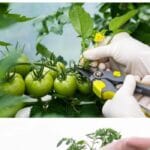
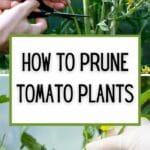
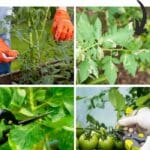
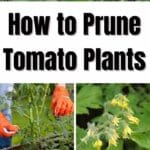
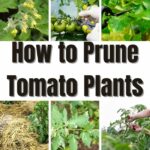
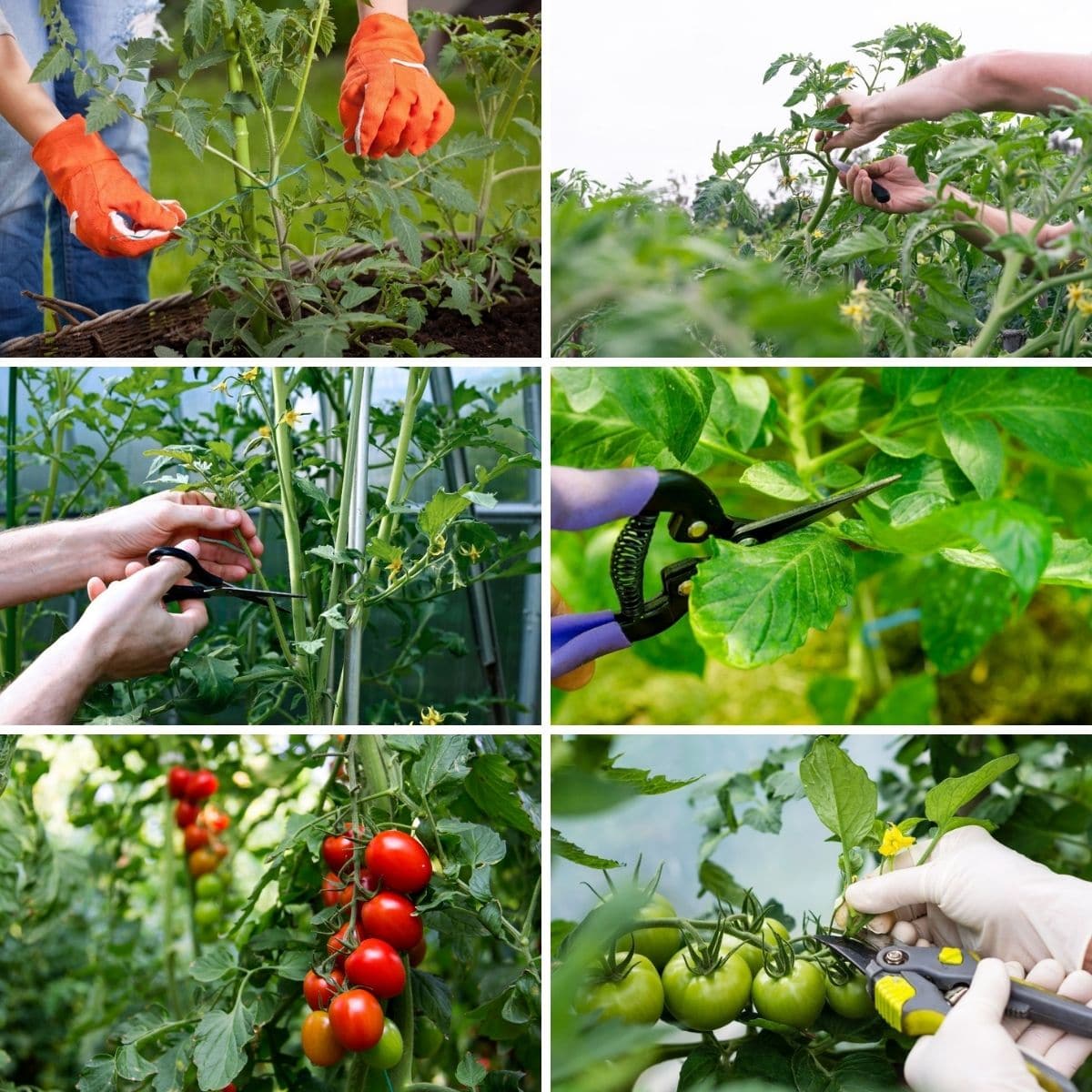
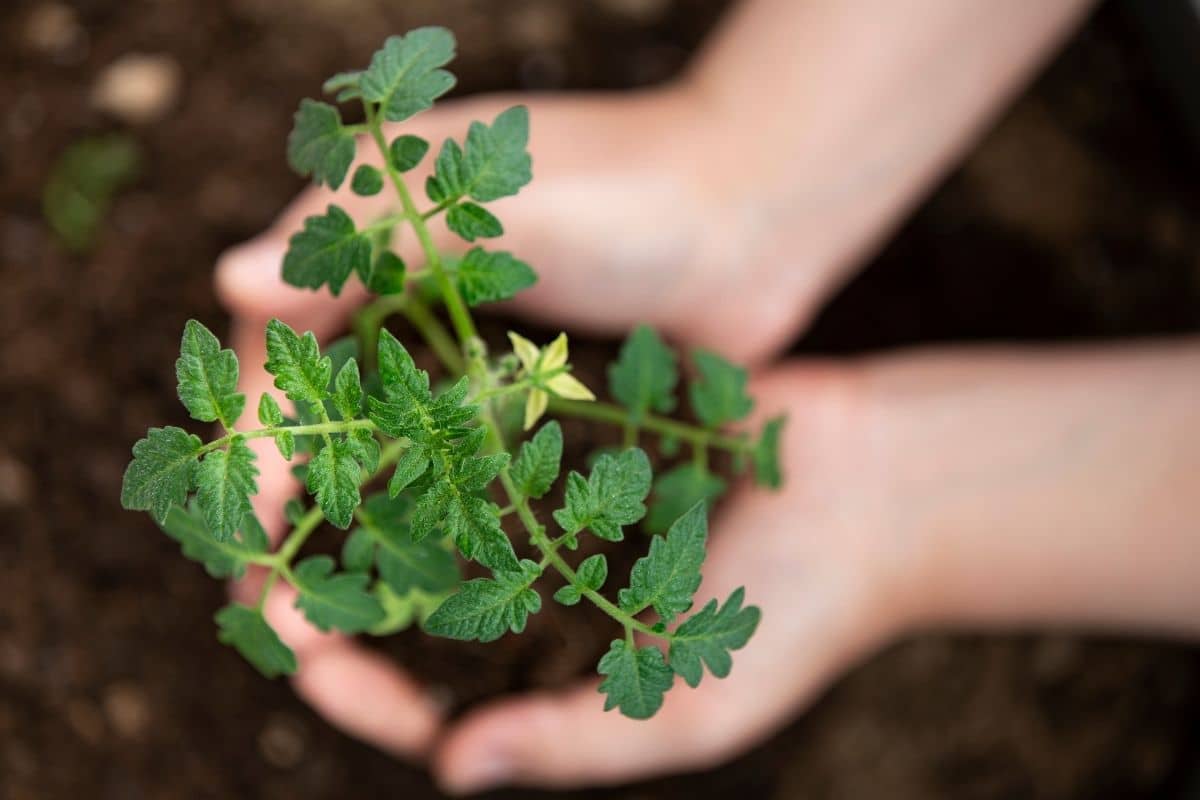
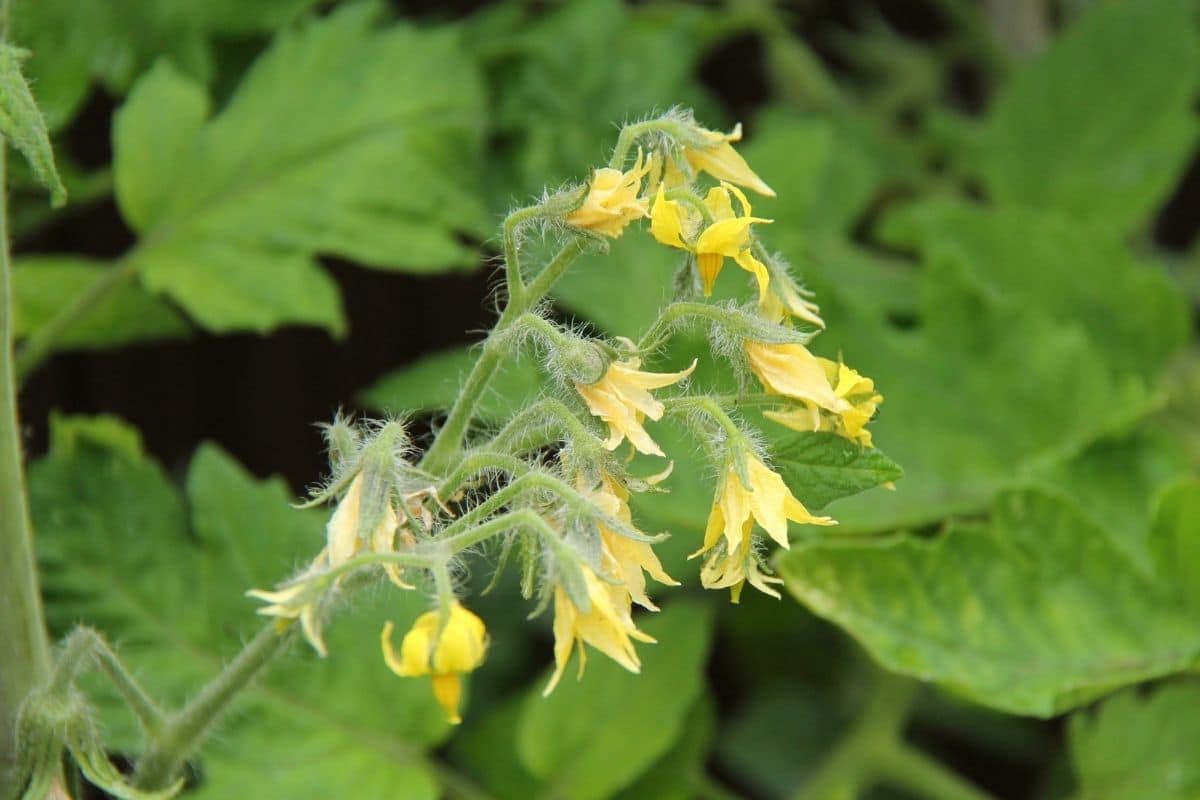
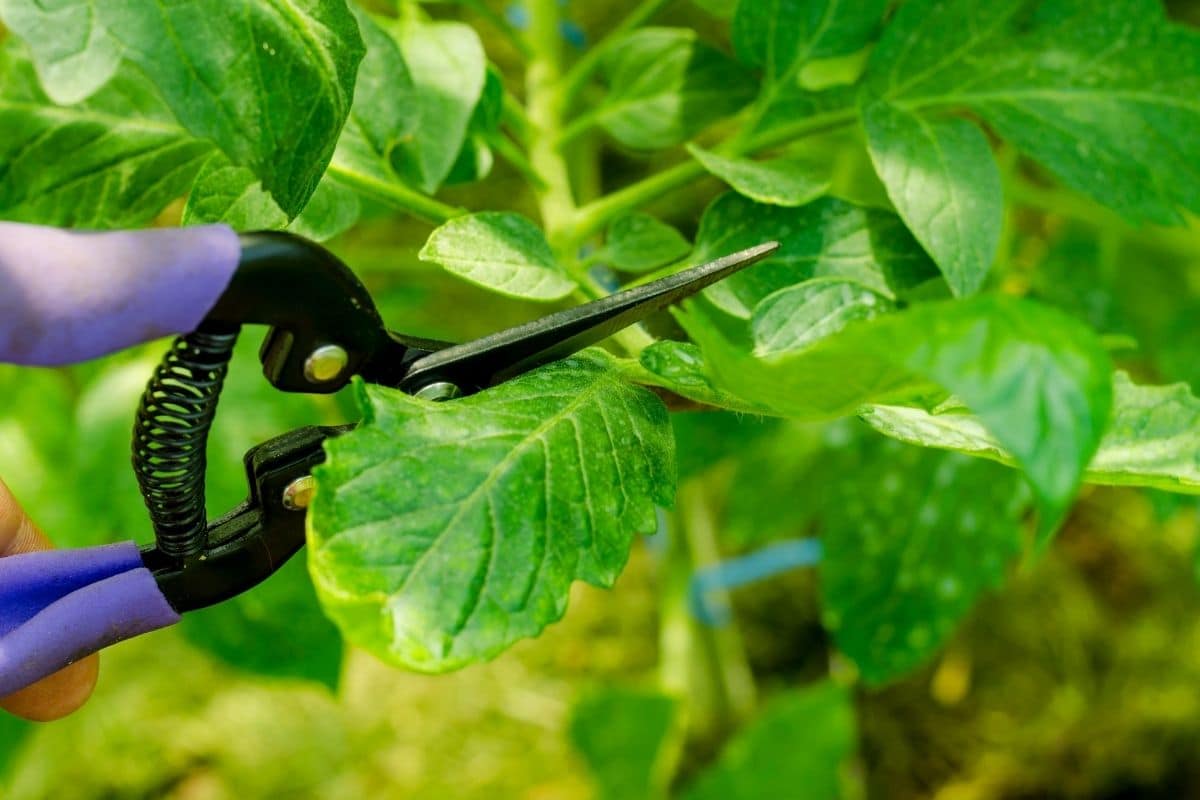
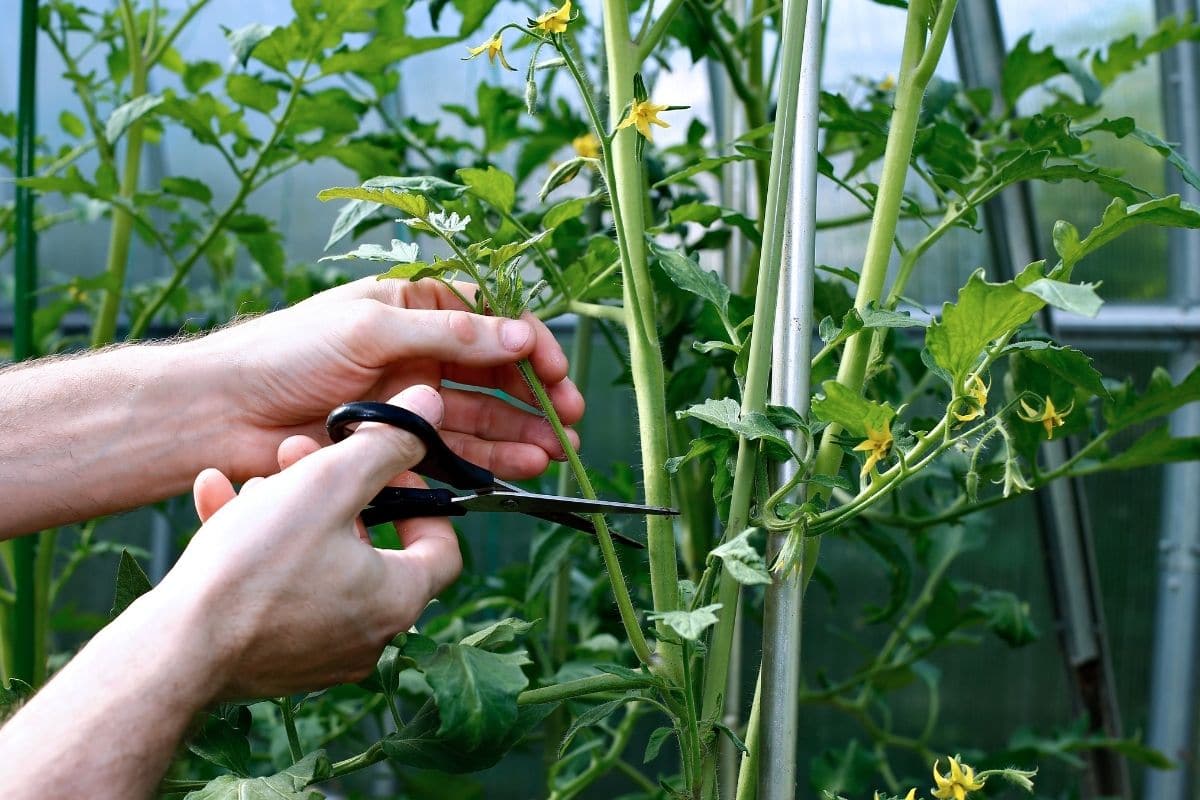


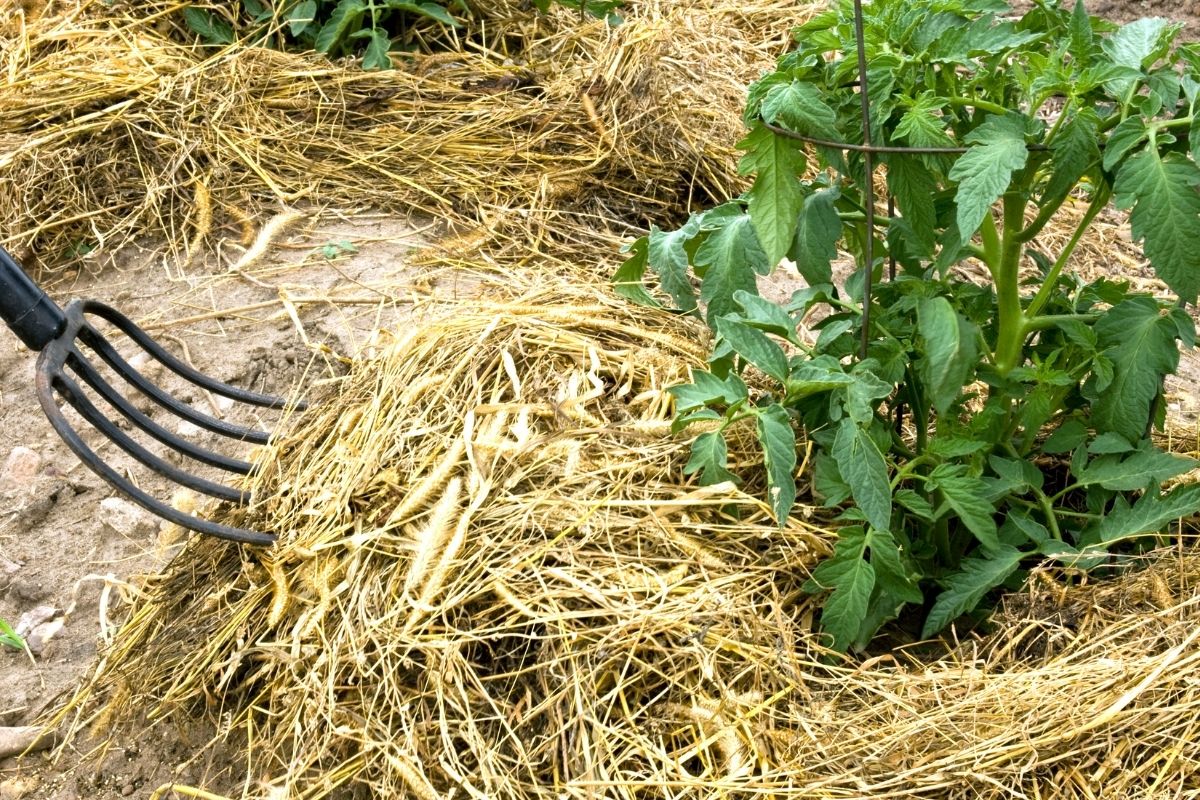
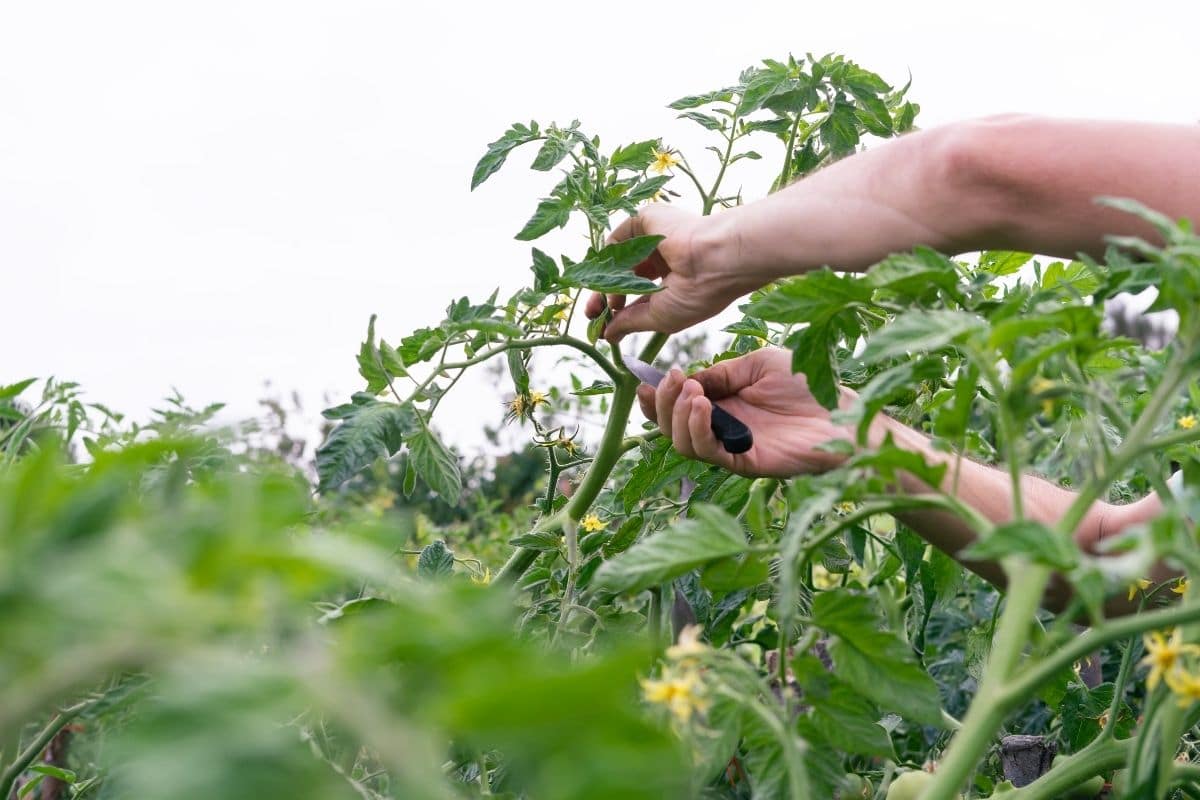
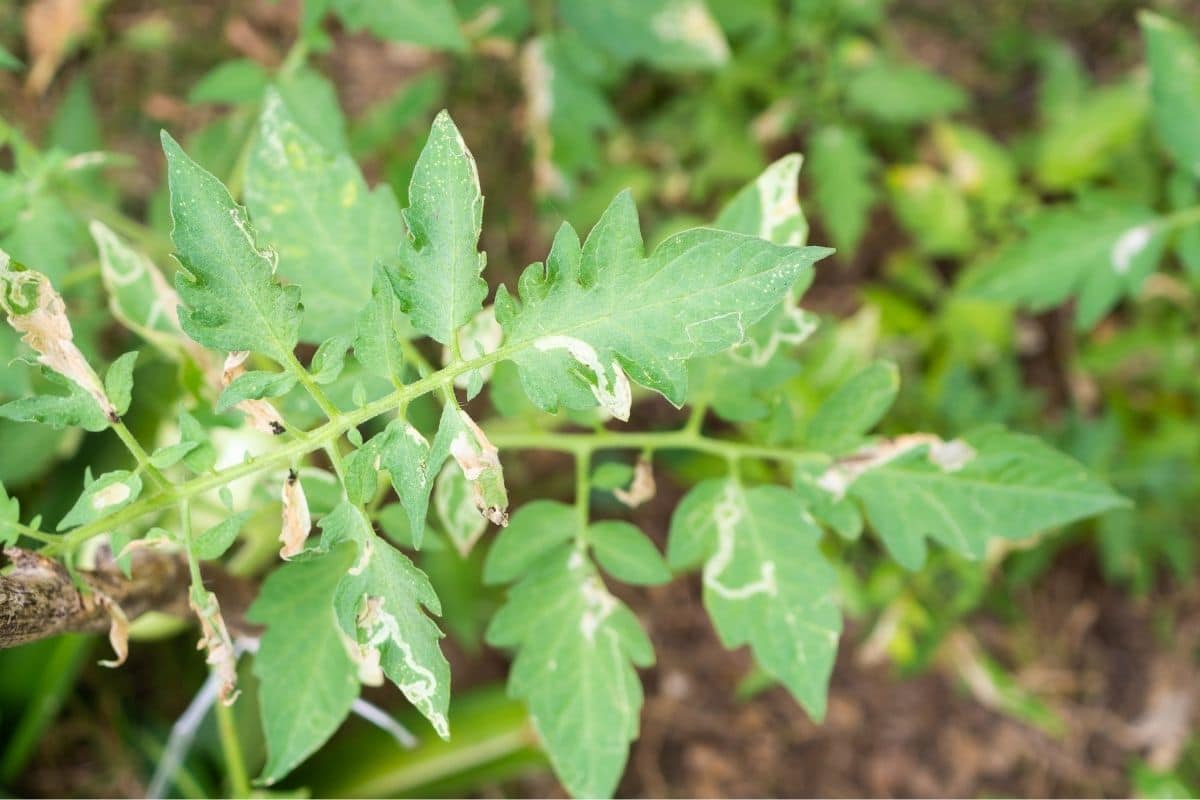
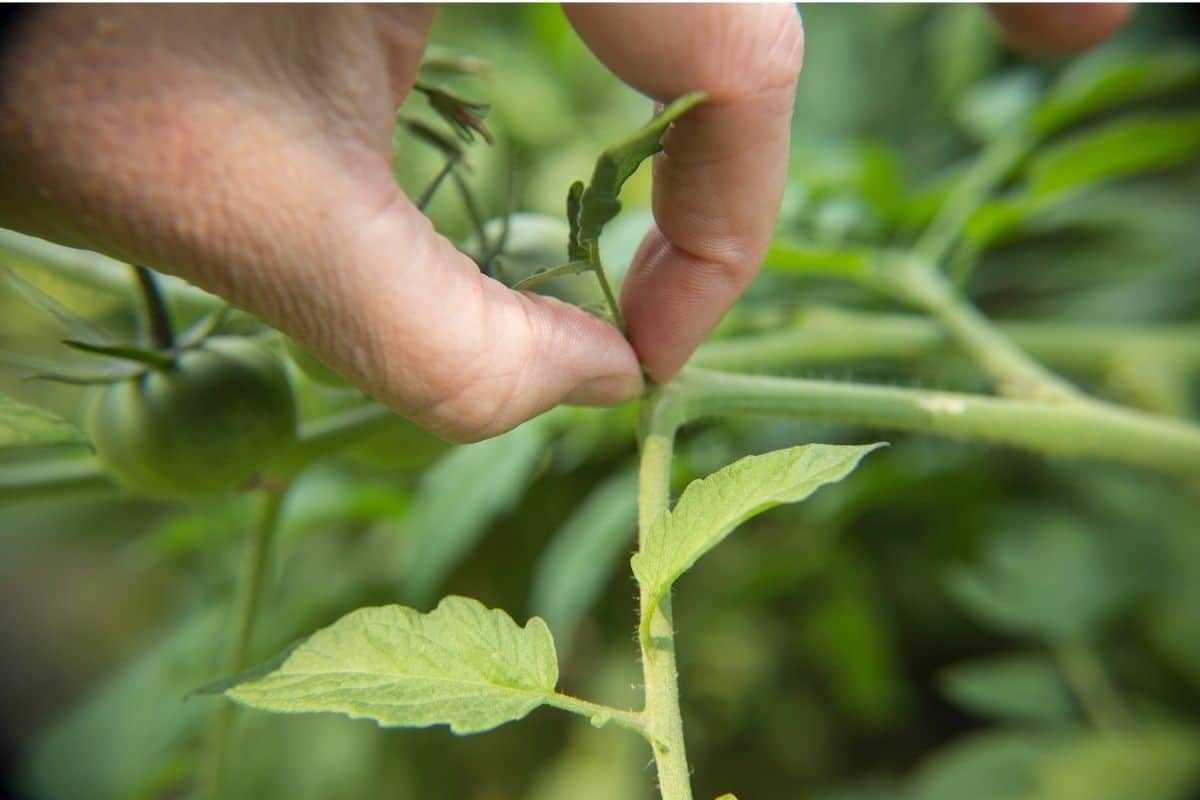
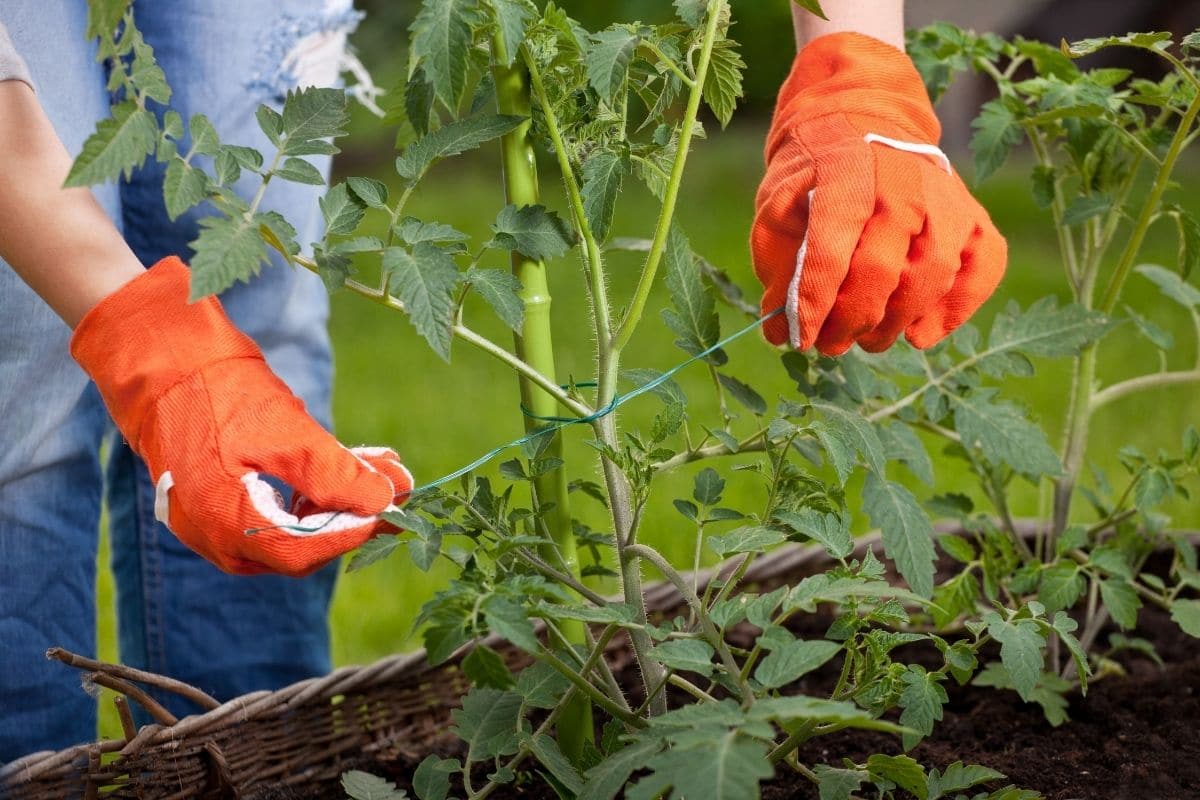


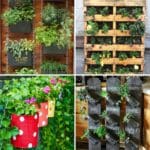

Anonymous
Great suggestions on Tomatoes.
Trying to grow some out of
Containers.
Saw some green bugs,
Discoverd they are call aphids.
Watered with Neem water
(Leaves soaked in water...smells
Stinky after A few days.)
Good to get growing tips.
Ver, very helpful.
Anonymous
WOW thanks for info.it help a lot to all of us